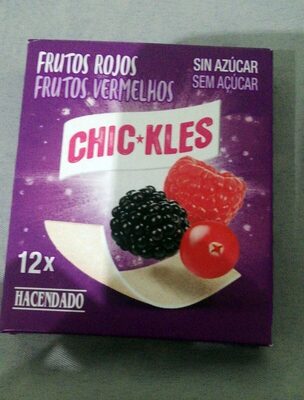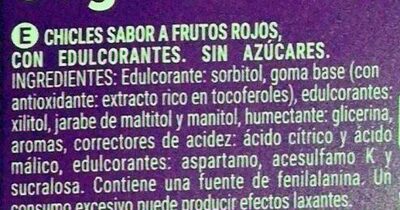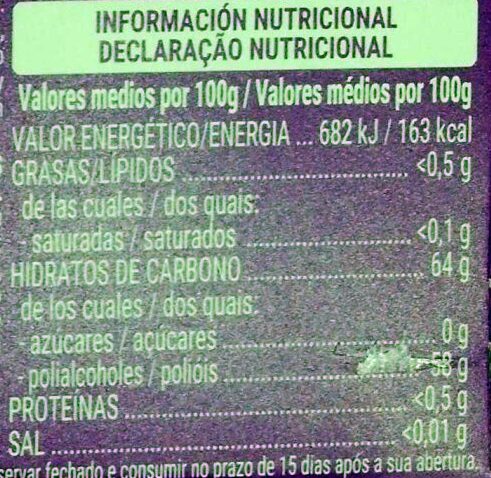Chickles frutos rojos - Hacendado - 31 g
This product page is not complete. You can help to complete it by editing it and adding more data from the photos we have, or by taking more photos using the app for Android or iPhone/iPad. Thank you!
×
Barra-kodea: 8480000652416 (EAN / EAN-13)
Izen arrunta: Chicles sabor a frutos rojos, con edulcorantes, sin azúcares
Kopurua: 31 g
Ontziratzea:
en:Green dot
Markak: Hacendado
Kategoriak: en:Snacks, en:Sweet snacks, en:Confectioneries, en:Chewing gum, en:Sugar-free chewing gum
Etiketak, ziurtagiriak, sariak:
en:Low or no sugar, en:No gluten, en:Contains a source of phenylalanine, en:Excessive consumption can have laxative effects, en:Green Dot, No sugar, en:With sweeteners
Dendak: Mercadona
Saltzen diren herrialdeak: Espainia
Matching with your preferences
Ingurumena
Ontziratzea
Transportation
Report a problem
Datuen iturria
Product added on by kiliweb
Last edit of product page on by alia.
Produktuaren orria -gatik editatua roboto-app, yuka.sY2b0xO6T85zoF3NwEKvlmxdCMT08jvcbTLWmBep7dXXPMDQTM5JxojfAqs.









